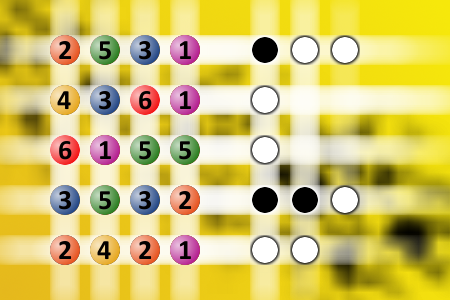What a winning combination?
The computer chose a secret code (sequence of 4 digits from 1 to 6). Your goal is to find that code. Black circles indicate the number of hits on the right spot. White circles indicate the number of hits on the wrong spot.
24 Leap Day Jokes - Make Every February 29th memorable
Trying to figure out why 2024 will be longer than 2023…
But so far, nothing leaps to mind.
What’s a great thing about leap-year jokes?
That you only hear them repeated every 4 years.
If a leap year has 366 days, what do you call a year with 365 days?
A light year.
Why did the man get arrested on Leap Day?
Because he was doing 29 in a 28 zone.
What do you call a frog born on February 29?
A leap frog
What do Lawyers do on leap day?
They jump to conclusions
How do you know it’s almost Leap Day?
When it is only a hop, skip and a jump away.
What do athletes wear during a Leap Year?
Jumpsuits.
What do kids play during a Leap Year?
Hop-scotch.
What do you call a surgery during a Leap Year?
A hop-eration.
Birthdays are good for your health.
Studies have shown that people with more birthdays live longer.
RIP people born on the 29th of February.
October 31st should be a leap year.
One day you’re having a good time with Halloween. Then it’s 3 years of being ghosted.
Today is a leap day.
Guess you should jump with joy.
Yo mama so old, she even lived through the first leap year.
Are you gonna buy into an annual subscription of any kind?
Do it on February 29, you might get it free for the next four years based on poor code!
Happy 2025 to all.
Remember we must skip 2024 — it’s a leap year.
What kind of music do you listen to on Leap Day?
Hip Hop
How did the leap year party go?
It was jumping all night long!
Why did the calendar feel unbalanced during leap years?
Because it had an extra day to juggle!
Why don't lions like Leap Day?
Because they are always jumping through hoops.
What does a captain do on Leap Day?
Jump ship.
I'm going to get married on February 29th, so I only have to remember our anniversary once every 4 years.
Why was February so popular with the other months?
Because it brought an extra day of fun to the party!
Why don’t we ever plan important events on February 29th?
Because it’s too risky to take a leap of faith!

